5 Ways Aerospace, Energy Control Manufacturer Reduces Water Use
By Terran Hause | August 8, 2016
Category: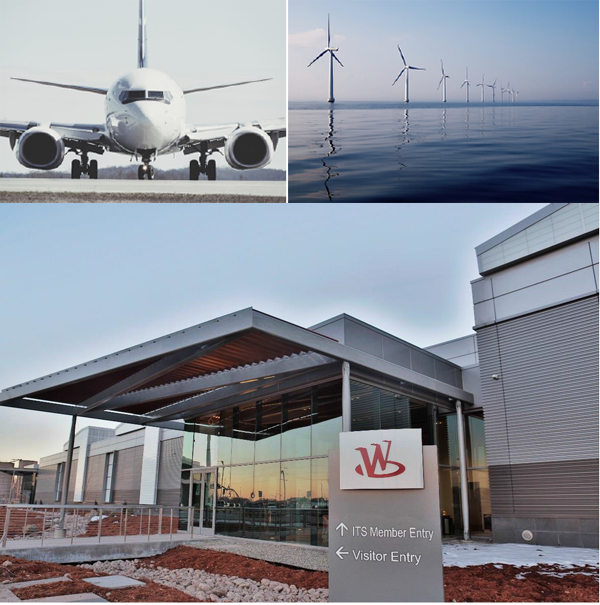
Energy control and aerospace systems manufacturer Woodward Inc. designed and built its headquarters in a new location in Ft. Collins, Colo., in May to optimize water conservation in the new buildings, operations, and campus. The $2 billion-annual-sales manufacturer integrates leading-edge technologies into fuel, combustion, fluid, actuation, and electronic control systems for the aerospace and industrial markets.
Woodward‘s leadership in energy control and optimization systems is built on a nearly 150-year-old foundation of strategic vision, quality performance, and core values. The manufacturer’s core values include a commitment to environmental stewardship beyond its product line. When the company built a new headquarters in Fort Collins, Colo., it seized the opportunity to reduce water use, and implement sustainability into the new buildings, operations, and campus in other ways. Five water conservation approaches have achieved substantial results.
With offices in 14 countries, 27 locations, and more than 7,000 employees, the $2 billion-annual-sales company is making improvements in new and existing facilities and operations that promote efficiency, reduce waste, and optimize use of natural resources. Woodward focuses on controlling energy by integrating components into systems. The result is high-quality emission performance, reliability, and fuel efficiency to help ensure a better environment. The investment is a fulfillment of its corporate social responsibility commitment outlined in its 2015 Sustainability Report.
The 303,000 square-foot (sq. ft.) industrial turbine systems manufacturing plant (see Lead image), 60,000 sq. ft. corporate headquarters building, and 101-acre campus comprise approaches that reduce its total water consumption and the amount of toxic chemicals released into the water.
Here’s how:
1. Citric Passivation Water Conservation
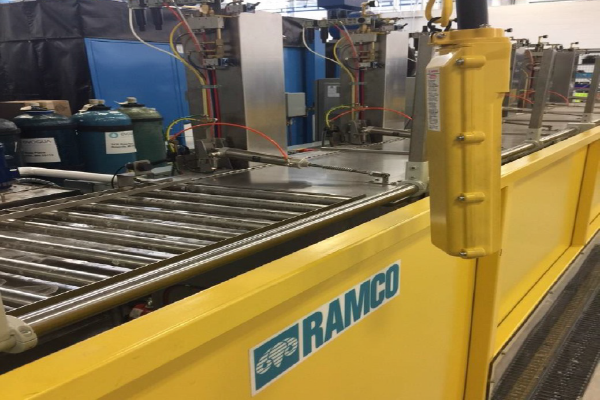
Figure 1: Citric passivation replaces the toxic nitric and hydrochloric acid passivation while reducing water consumption.
Citric passivation is a new technology that Woodward uses to significantly reduce water consumption in its manufacturing process (see Figure 1). The previous technology used hydrochloric and nitric acids. This new technology uses citric acidulation, which uses food-grade acids instead of toxic chemicals. Supply water is de-ionized before it flows into a rinse tank. Rinse tank water is recirculated through media and carbon filters.
As a result, Woodward saved:
- 360 gallons of water per day
- 165 gal. of hydrochloric acid (and 50 pounds of air emissions) annually
- 90 gal. of nitric acid (and 30 lbs. of air emissions) annually
- Energy associated with exhaust systems, coolant air
2. Closed-loop Pressure Washer Cleaning
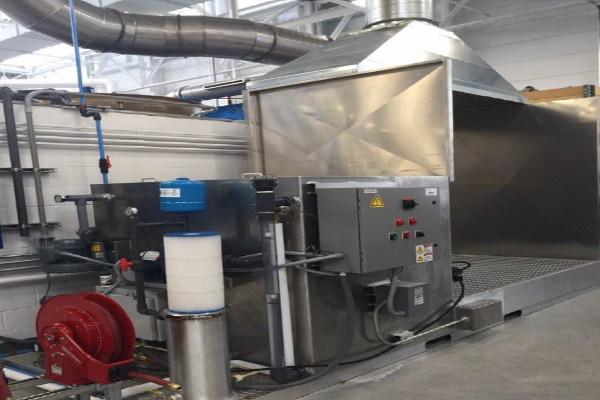
Figure 2: A closed-loop pressure washing system that recovers and reuses wash water using oil-eating microbes reduced water use from 15 gallons per minute to 0.2 gallons per minute.
A closed-loop pressure washing system that recovers and reuses wash water using oil-eating microbes reduced water use from 15 gal. per minute to 0.2 gallons per minute.
This cleaning system removes residual oils and contaminants from used products that have been shipped back to be restored (see Figure 2). A closed-loop water recycling system uses oil-eating microbes to remove oils.
Once the water reaches a point at which it no longer can be reused, it is drained into the on-site wastewater treatment.
When the water reaches a point at which it no longer can be reused, it is drained into the on-site wastewater treatment.
3. On-site Wastewater Treatment
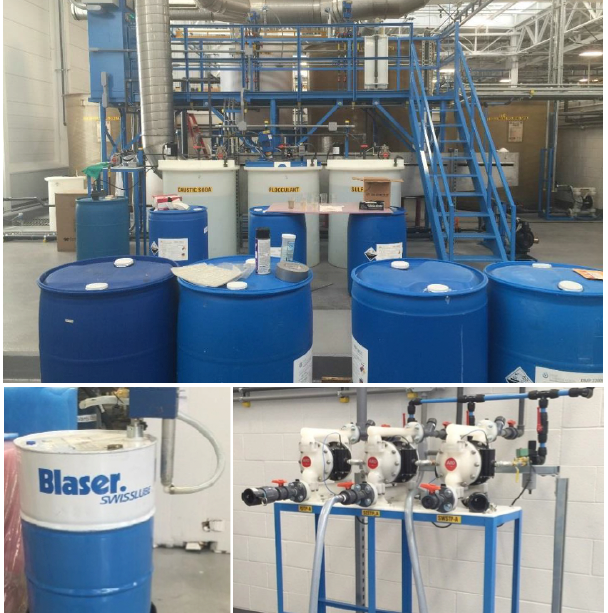
Figure 3: An on-site wastewater treatment system comprises flocculation, ultrafiltration, and PH-balancing to purify the wastewater for reuse and safe discharge (top). Instead of shipping off machine coolants for disposal, this waste is now treated on site.
The manufacturer installed on-site water treatment for energy- and water-efficient wastewater management (see Figure 3). Wastewater treatment is centralized at the company’s main campus and uses various technologies:
- The flocculation/precipitation process removes suspended solids.
- Ultrafiltration removes oil and grease from water.
- Chemicals are added to balance the PH levels.
This centralized water treatment system has minimized the need to treat wastes at the point of generation. This has decreased the associated energy requirements for multiple pieces of equipment as a result.
Instead of shipping off machine coolants for disposal, the coolant waste is treated on-site using a coolant recycling machine.
4. Cleaning Line Paint Stripper Reuse
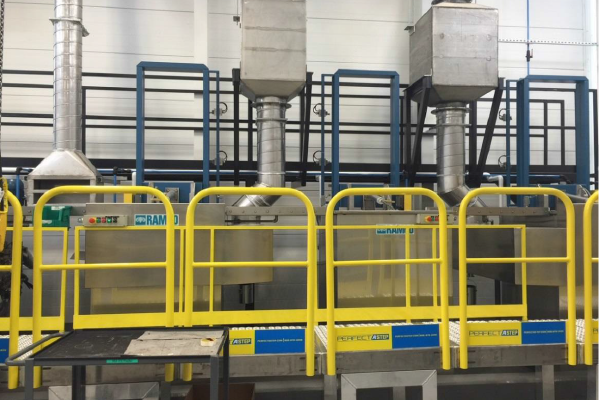
Figure 4: A new paint stripper system allows stripping chemicals to be reused, reducing wastewater disposal, chemical waste, and emissions, and saving costs.
A new paint stripper technology uses a chemical filtration system that allows stripping chemicals to be recirculated and reused, extending chemical life (see Figure 4). An automated agitation system (slushing system) accelerates the process’ rate.
In addition, the closed tank and point-of-use air exhaust system reduced emissions.
As a result, the company decreased:
- Wastewater disposal costs
- Chemical waste by 330 gallons a year
- Tank emissions
- Exhaust system emissions by approximately 90 percent
5. Facilities Water Conservation
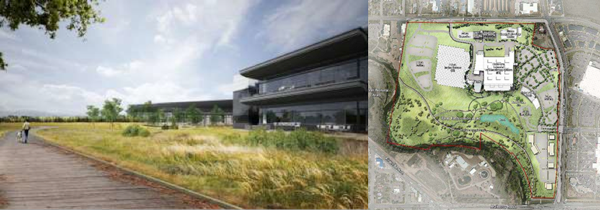
Figure 5: The new 101-acre headquarters campus includes low-flow irrigation systems, low maintenance landscaping, Low-flow sinks, toilets, and faucets, and energy-efficient chilled water systems for HVAC and process cooling.
Construction of the new 101-acre headquarters campus along the Poudre River in drought-conscious Colorado was completed in May 2016 (see Figure 5).
The new Lincoln Avenue campus was transformed from golf course that previously had required large amounts of water to maintain. The company’s design team spent considerable time and effort to trickle water usage on the property and in the facilities:
- Native plants and grasses that require less water and maintenance have been planted.
- Low-flow irrigation systems, low maintenance landscaping, and drip systems are used to hydrate trees and bushes.
- Low-flow sinks, toilets, and faucets restrict the water volume used without interfering with function.
- Energy-efficient chilled water systems have been installed for HVAC and process cooling.
Innovating for a Better Future
Woodward is committed to investing in new techniques and processes that continue to reduce its total water consumption and the amount of toxic chemicals released into the water. Future plans include transitioning from wet processing to dry processing to further reduce rinse water and chemicals.
The company’s sustainability achievements and initiatives were detailed in its 2015 Sustainability Report. The next sustainability report is planned for release in spring 2017.
Images courtesy of Woodward Inc., Fort Collins, Colo.
Terran Hause, Woodward, 1081 Woodward Way, Fort Collins, CO 80524, 970-663-3900, terran.hause@woodward.com, www.woodward.com.

Side by side, we move metal fabrication forward.
FMA unites thousands of metal fabrication and manufacturing professionals around a common purpose: to shape the future of our industry, and in turn shape the world.
Learn More About FMA


